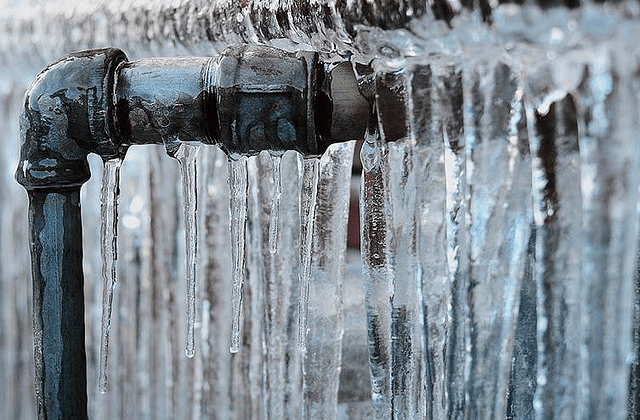Critical Approaches for Preventing Frozen Pipes in Winter
Critical Approaches for Preventing Frozen Pipes in Winter
Blog Article
Have you been looking for information and facts involving Helpful Tips to Prevent Frozen Pipes this Winter?

Cold weather can ruin your pipes, specifically by freezing pipelines. Right here's just how to avoid it from happening and what to do if it does.
Intro
As temperatures decrease, the risk of icy pipelines increases, potentially causing costly repair work and water damages. Recognizing exactly how to prevent icy pipes is critical for house owners in cool environments.
Comprehending Icy Pipelines
What causes pipelines to ice up?
Pipes ice up when exposed to temperature levels listed below 32 ° F (0 ° C) for extended periods. As water inside the pipes freezes, it broadens, taxing the pipe walls and potentially triggering them to break.
Risks and problems
Frozen pipelines can bring about supply of water disruptions, property damages, and expensive repair work. Ruptured pipes can flooding homes and create considerable architectural damages.
Indications of Frozen Water Lines
Determining frozen pipelines early can stop them from rupturing.
How to determine icy pipes
Try to find decreased water flow from taps, uncommon odors or noises from pipes, and noticeable frost on revealed pipes.
Prevention Tips
Shielding vulnerable pipelines
Cover pipelines in insulation sleeves or utilize heat tape to protect them from freezing temperatures. Concentrate on pipes in unheated or exterior areas of the home.
Heating strategies
Keep indoor rooms effectively heated up, specifically locations with plumbing. Open up closet doors to permit cozy air to flow around pipelines under sinks.
Securing Outside Pipes
Yard hose pipes and outdoor taps
Detach and drain garden tubes prior to winter months. Set up frost-proof spigots or cover outdoor faucets with insulated caps.
What to Do If Your Pipelines Freeze
Immediate activities to take
If you think icy pipelines, keep faucets open up to relieve pressure as the ice thaws. Use a hairdryer or towels taken in hot water to thaw pipes slowly.
Long-Term Solutions
Architectural adjustments
Think about rerouting pipelines away from exterior walls or unheated areas. Add added insulation to attics, basements, and crawl spaces.
Upgrading insulation
Purchase high-grade insulation for pipes, attic rooms, and wall surfaces. Correct insulation assists preserve constant temperature levels and minimizes the danger of frozen pipelines.
Verdict
Avoiding icy pipelines needs aggressive steps and fast feedbacks. By understanding the causes, indications, and safety nets, homeowners can safeguard their pipes during cold weather.
5 Ways to Prevent Frozen Pipes
Drain Outdoor Faucets and Disconnect Hoses
First, close the shut-off valve that controls the flow of water in the pipe to your outdoor faucet. Then, head outside to disconnect and drain your hose and open the outdoor faucet to allow the water to completely drain out of the line. Turn off the faucet when done. Finally, head back to the shut-off valve and drain the remaining water inside the pipe into a bucket or container. Additionally, if you have a home irrigation system, you should consider hiring an expert to clear the system of water each year.
Insulate Pipes
One of the best and most cost-effective methods for preventing frozen water pipes is to wrap your pipes with insulation. This is especially important for areas in your home that aren’t exposed to heat, such as an attic. We suggest using foam sleeves, which can typically be found at your local hardware store.
Keep Heat Running at 65
Your pipes are located inside your walls, and the temperature there is much colder than the rest of the house. To prevent your pipes from freezing, The Insurance Information Institute suggests that you keep your home heated to at least 65 degrees, even when traveling. You may want to invest in smart devices that can keep an eye on the temperature in your home while you’re away.
Leave Water Dripping
Moving water — even a small trickle — can prevent ice from forming inside your pipes. When freezing temps are imminent, start a drip of water from all faucets that serve exposed pipes. Leaving a few faucets running will also help relieve pressure inside the pipes and help prevent a rupture if the water inside freezes.
Open Cupboard Doors
Warm your kitchen and bathroom pipes by opening cupboards and vanities. You should also leave your interior doors ajar to help warm air circulate evenly throughout your home.

We were made aware of that editorial about How To Avoid Freezing Pipes through a good friend on another website. Do you know about another person who is excited by the subject? Feel free to share it. Thank you for going through it.
Quote & Schedule Report this page